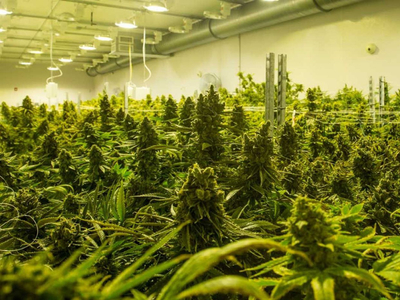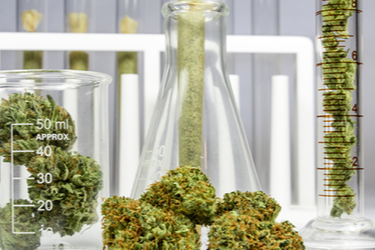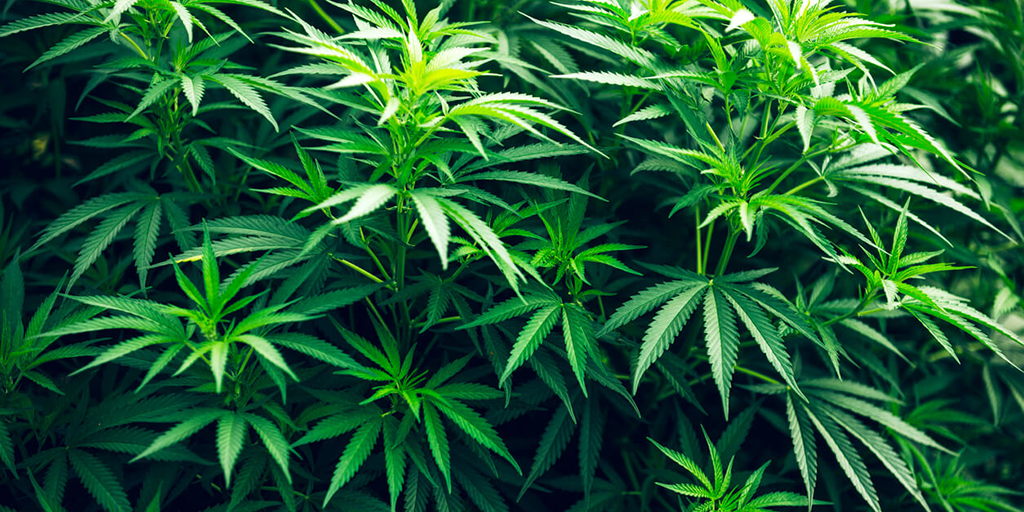In 2018, The Agricultural Improvement Act called for the removal of hemp, cannabis sativa with a THC level of 0.3%, from the schedule one classification to allow for easier agricultural production. Hemp is an extremely versatile crop that is used to make food, oils, animal feed and fibres/textiles.
Hemp use in agriculture in the US has been extremely limited by its classification as a schedule one drug with The Food and Drug Administration (FDA), making growing and producing it illegal. Although the Agricultural Improvement Act was passed in 2018, until last week, there were no federal guidelines in place to apply to grow hemp. On the 31st of October the United States Department of Agriculture (USDA) created the Domestic Hemp Production Program (DHPP) and released the Interim Rule (IR) on the production of hemp in agriculture. The Interim Rule was released along with the procedures for sampling and testing hemp/cannabis being sold in the US. For this article we have have summarized these documents to pull out the most important points for farmers looking to start growing hemp.
Update (January 2020)
Since publishing this blog post, there have been some new developments regarding domestic hemp production in the USA so we decided to add an update. You can read the original article below, or here on the Croptracker Blog.
Most notably, insurance options for hemp growers are now available. Growers are now eligible to apply for the Whole-Farm Revenue Protection (WFRP). WFRP will allow for revenue coverage up to $8.5 million on hemp grown for fiber, flower or seed. Multi-Peril Crop Insurance (MPCI) is also available to hemp growers as a pilot program in 21 states. This program will provide Actual Production History (APH) coverage for growers who have at least one year history producing hemp and have a contract for sale of insured hemp. The Noninsured Crop Disaster Assistance Program, NAP, is also now available for hemp farmers, covering weather related loss on uninsured crops. Nursery Crop Insurance will not be available for hemp growers until 2021.
Additionally, Natural Resources Conservation Service (NRCS), has opened up many conservation programs and grants previously unavailable to hemp growers, including the Environmental Quality Incentives Program, Conservation Stewardship Program, Regional Conservation Partnership Program, and Agricultural Conservation Easement Program.
Lastly, growers are starting to respond with feedback to the guidelines we outlined below. At the most recent American Farm Bureau Federation (AFBF) convention, hemp growing delegates voted to prompt the USDA to triple the level of THC permitted in industrial hemp and give farmers three times as long to harvest a field after it is tested. Farmers and growers are concerned the limits will lead to failure as the 0.3% THC rate allowed it too low and that there is not enough time given for farmers to harvest their crops and get them tested, especially given that it can take a week for test results to be returned. Delegates also noted the need for more certified testing facilities and options for disposing of non compliant hemp that is less wasteful then destroying it. The comment period for the interim rule ended on January 29, 2020.
The first thing to note is that the interim rule is not the final or permanent law that will govern hemp production. The interim rule will be in place for two years and is subject to comments and review before the final rule is put in place. Feedback from interested parties, including farmers and potential hemp growers, is encouraged until December 30, 2019 and can be submitted online via the Federal eRulemaking portal.
The DHPP is designed to give states guidelines for creating and modifying their own hemp growing rules, and for individual growers to apply directly to the USDA for licences in states that do not have programs for hemp production in place. Growers in states where hemp production is illegal will not be eligible to apply for a license. Growers can start applying for licenses with the USDA directly starting November 30th, 2019. The delay in accepting applicants is to allow time for states that do not have hemp growing programs in place to develop them. Growers in these states will apply through the state program.

To be eligible to apply, growers must submit the following information:
- The name, address, phone number and e-mail or the grower and any executives involved, as well as any business licenses or corporation numbers associated with the farm.
- Criminal background checks for the farm owner/business owner and any employees who will be responsible for handling the hemp. The checks must be completed no more than 60 days before the application is submitted.
- The geo-spatial locations of all the fields, green houses and pack houses where hemp will be grown or processed on your farm.
For Cannabis to be considered hemp, it needs to have a delta-9-tetrahydrocannabinol (THC) level of 0.3% or less. THC is the active, intoxicating, ingredient in cannabis. Much of the Interim Rule is focused on the testing procedures to ensure that hemp grown in the US fits this requirement.
The most notable requirement are as follows:
- Hemp plants must be tested 15 days prior to harvest.
- Federal or state authorized personnel must come to collect all samples.
- Sampling size is determined by the size of the farm (approximately 1 plant per acre) and is randomly selected from all growing areas.
- All testing must be done at labs authorized by The Food and Drug Administration (FDA).
- The USDA is considering the addition of their own authorization criteria for labs, but are seeking feedback on this decision.
- Tests to determine THC levels must be done using gas or liquid chromatography
- The THC levels are tested using the dry weight with an allowance for a measure of uncertainty (MU) calculated by the lab doing the testing
- Plants that exceed the 0.3% THC limit will be collected and disposed of by trained professionals such as FDA or law enforcement agents.
- USDA agents will conduct random audits of license holders periodically to ensure growers are in compliance.

Although the testing requirements for growing hemp are extensive, it is important to note that with proper documentation and information handling, growing hemp in the US is relatively hassle free compared to before the creation of the DHPP. Traceability systems and cultivation management software that help growers record and store information will be helpful for growers, helping to make audits and testing procedures smooth and easy. Hemp being shipped across state lines with proper documentation cannot be stopped, even while travelling through states where hemp production is prohibited.
Additionally, the creation of the Domestic Hemp Production Program allows hemp growers the opportunity to apply for farm subsidies/funding and to buy crop insurance. This is a valuable change as previously any damage or destruction of hemp meant a huge loss of revenue for farmers who could not insure their crops.
While the DHPP has no plans so far to allow for the export of hemp outside of the USA yet, the market for hemp fibre, oils, and food within the US will create many opportunities for farmers to make a profit growing hemp. For more information you can find the full Interim Rule as well as the sampling and testing protocols here.
Interested in learning more about Croptracker? Learn more about our Cultivation Management Software, or book a demonstration to schedule a meeting with our product experts.
And as always, if you're ever stuck, never hesitate to e-mail us at support@croptracker.com or Live Chat with us by clicking the green speech bubble ![]() in your bottom right-hand corner. We're always happy to help, so Croptracker can make your farm more efficient, safer, and more profitable!
in your bottom right-hand corner. We're always happy to help, so Croptracker can make your farm more efficient, safer, and more profitable!


